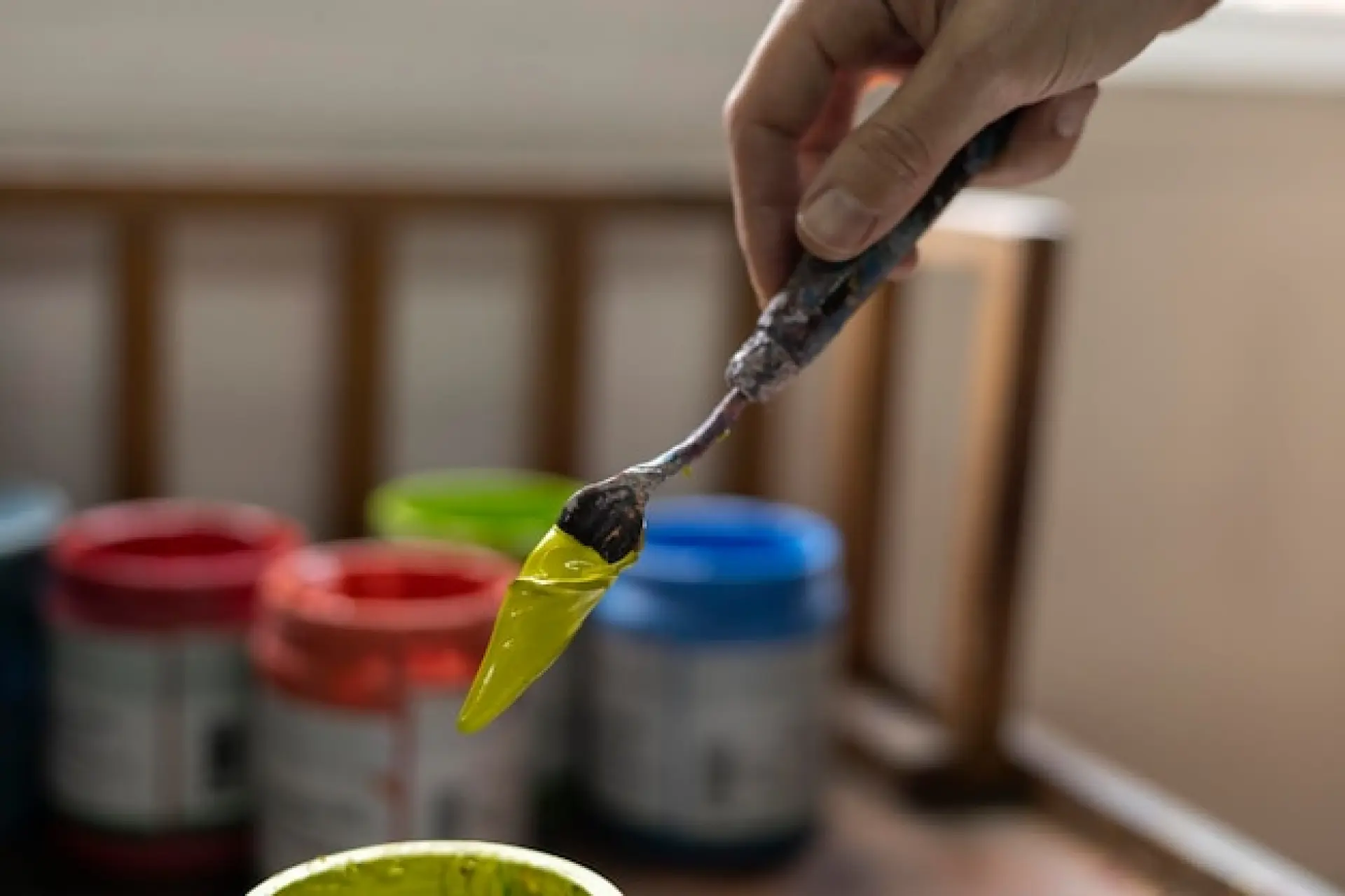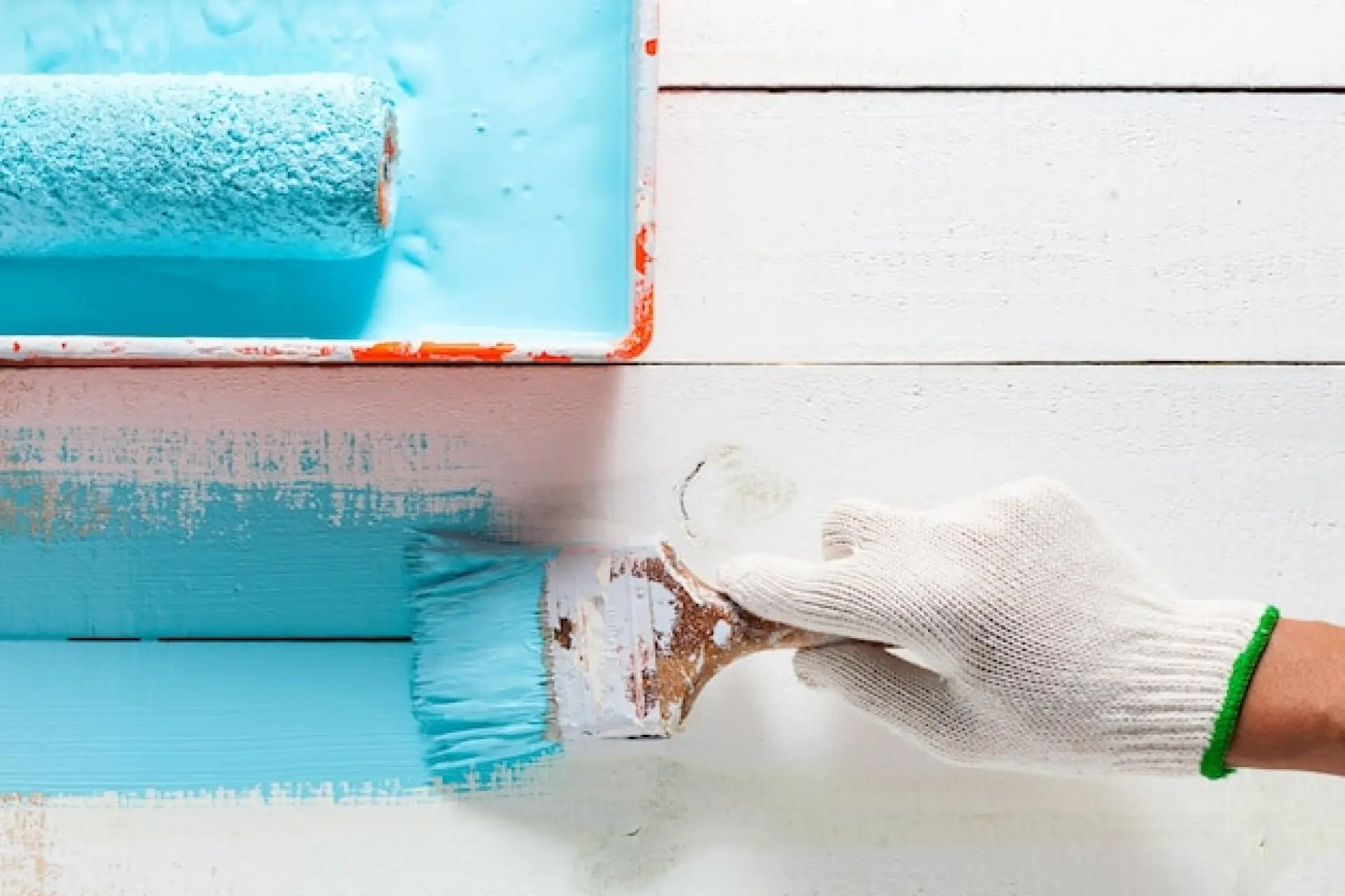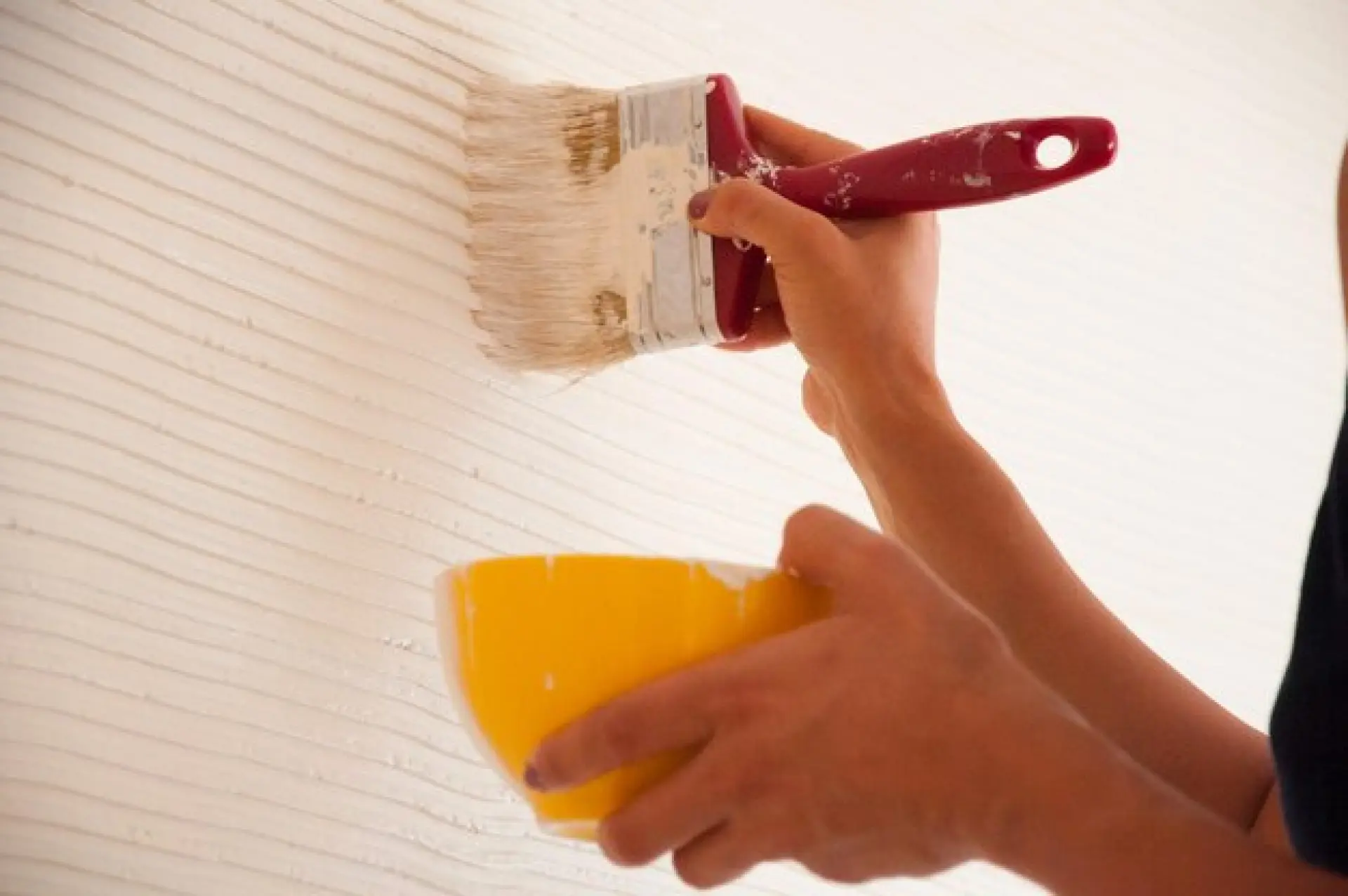Avoid common painting mistakes like skipping surface prep for flawless finish. Learn the importance of primer & correct paint type for professional-quality result.
Skipping Surface Preparation
One of the biggest painting mistakes is failing to prepare the surface properly. Dirt, grease, and old flaking paint can prevent new paint from adhering, leading to peeling and uneven coverage. Walls should be cleaned with a mild detergent, and any holes or cracks should be filled before painting. Sanding rough areas ensures a smooth finish and helps the paint bond effectively.
For glossy surfaces, lightly sanding or using a deglosser improves adhesion. Skipping this step may result in an unprofessional look and reduce the lifespan of the paint. Taking the time to prepare the surface properly will create a long-lasting and flawless finish.
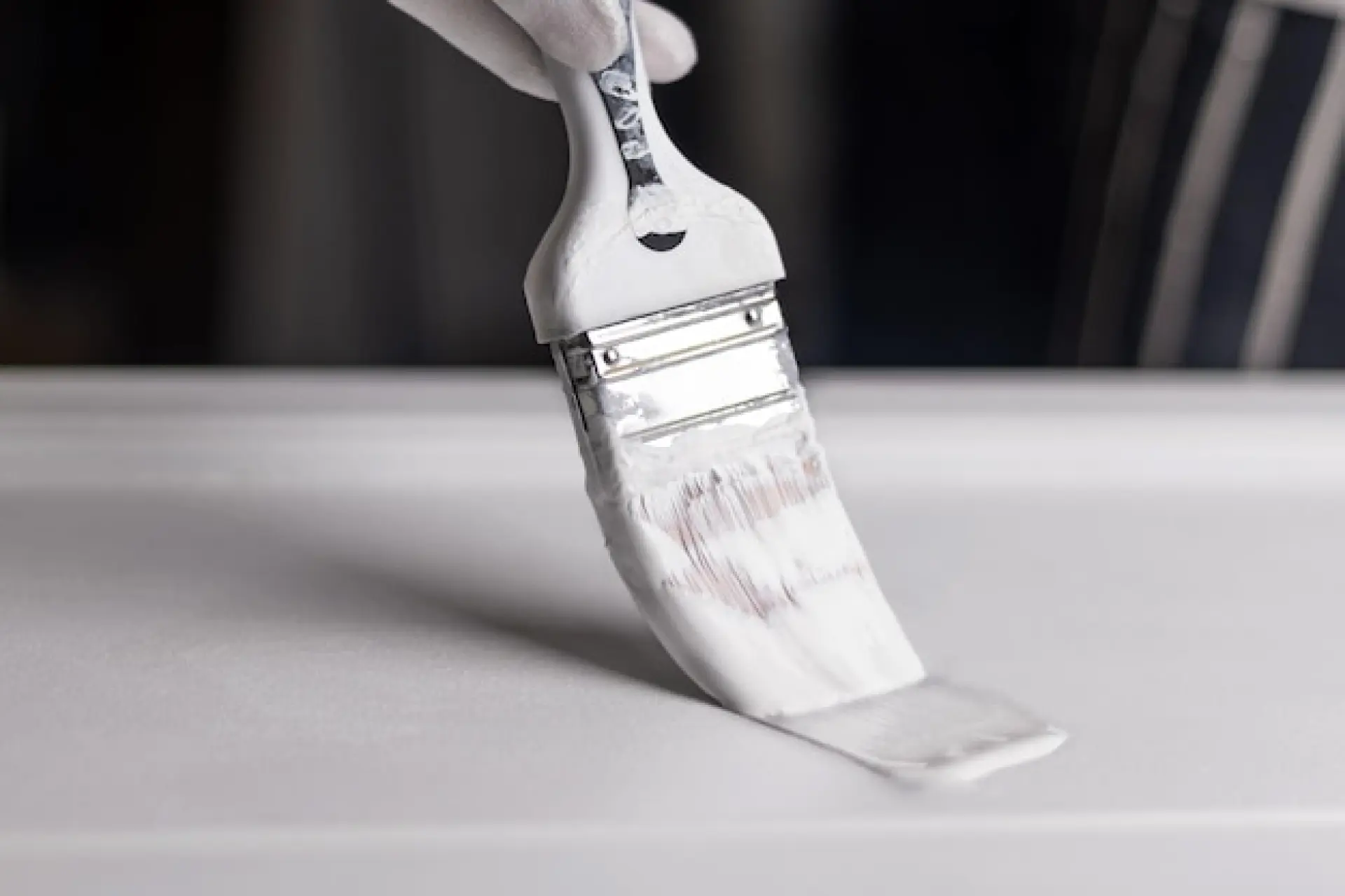
Not Using Primer When Needed
Primer is essential in many painting projects, yet it is often overlooked. It helps paint adhere to the surface, provides an even base, and enhances durability.
Certain surfaces, such as bare wood, drywall, or stained areas, require a primer to prevent the final coat from looking uneven.
When switching from a dark to a light colour, a primer reduces the number of coats needed. Without a primer, paint may soak into porous surfaces, resulting in patchy coverage.
Using a quality primer ensures a more uniform finish and increases the longevity of the paintwork. Investing in the right primer will improve the overall outcome of the job.
Choosing the Wrong Paint Type or Finish
Selecting the wrong type of paint or finish can impact the final result. Different paints are designed for specific surfaces and conditions. For example, high-traffic areas benefit from durable, washable paints, while matt finishes hide imperfections but are harder to clean. Glossy paints highlight details but can reveal surface flaws.
Using the wrong finish in humid areas, such as bathrooms or kitchens, can lead to peeling or mildew growth. Before painting, consider the location and the level of durability required. Testing a small patch can help determine the best choice, ensuring the paint performs well in the intended space.
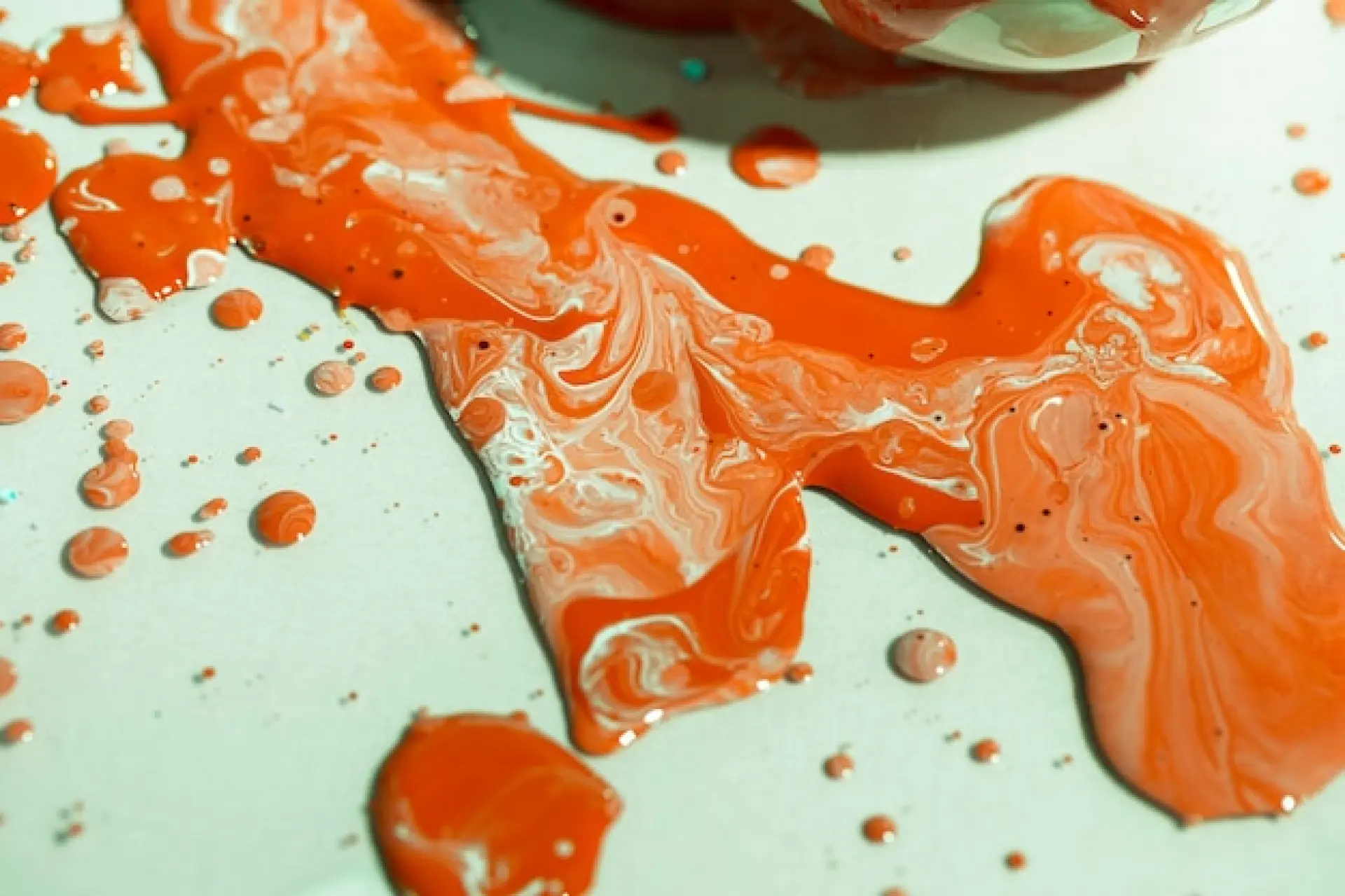
Applying Too Much or Too Little Paint
Applying too much paint can cause drips, streaks, and an uneven appearance, while too little may lead to patchy coverage.
Overloading the brush or roller often results in thick layers that take longer to dry and may peel over time.
On the other hand, using too little paint means more coats are needed, increasing effort and cost. The best approach is to apply thin, even coats, allowing each to dry fully before adding another.
Using the right tools, such as high-quality brushes and rollers, helps distribute the paint evenly, achieving a professional and long-lasting finish.
Ignoring the Impact of Lighting on Colour
Lighting significantly affects how paint colours appear, yet many people choose shades without considering how they will look in different lighting conditions.
Natural light changes throughout the day, while artificial lighting can alter tones. A colour that looks perfect in a store may appear too dark or too bright at home.
To avoid disappointment, test samples on the wall and observe them under different lighting conditions. Viewing them in both daylight and evening light ensures the chosen shade works well in all settings. Taking this step helps achieve a result that complements the space at all times.
Looking for a home decorating service in Exeter and Paignton? Paint Perfect Exeter is a fantastic service that promises high-quality painting and decorating. Whether you need a small paint job or full makeover, you can rely on our team to get the job done.

